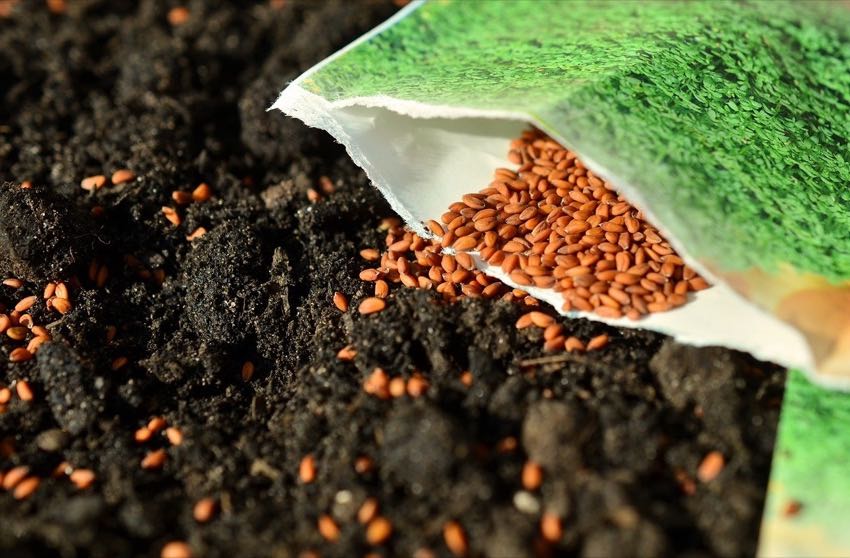Follow These Steps to Elevate Your Soil
Raised garden beds can make a big difference in the health of your plants, particularly when you’re gardening in areas with poor soil composition. However, gardening in a raised bed won’t make much of a difference if you don’t fill it with nutrient-rich soil. Here’s how to prepare your soil for a raised garden bed so that your plants can thrive!
A Recipe for Healthy Soil
The health of your soil is so important because it not only lends security and stability to your plants, but it also provides the ecosystem that feeds them. Healthy soil will allow air, water, and nutrients to reach your plants’ root systems. So, the goal for the soil going into your raised garden bed is that it accomplishes these things.
Half of the Mix: Topsoil
The majority of your raised garden bed soil will come from topsoil. You should shoot for around 50%, and you should strive for quality here.
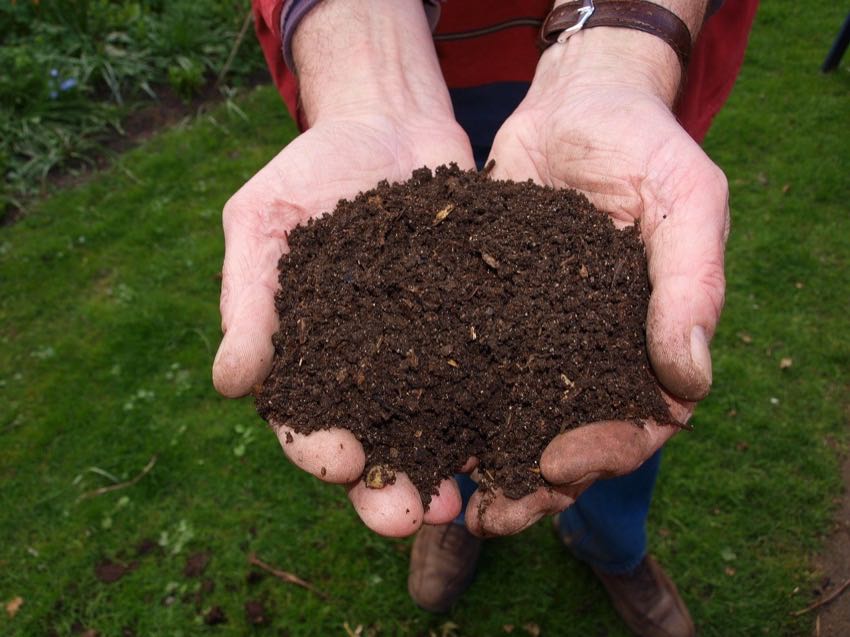
Topsoil is, as the name suggests, the top 4″ to 12″ layer of a native soil. Topsoil contains a higher concentration of organic matter in it, which holds onto moisture as well as the microbial life that gives nutrients to your plants. This makes sense as this top layer of soil has had the easiest access to water, oxygen, and fertilizers. This proportion of topsoil gives your starting soil a good base.
What does good topsoil look like? It should not be sandy or sticky. Rather, when you take a handful and squeeze, it should hold together loosely. Sandy topsoil won’t hold together properly, and if it’s hard to break back apart, it’s too heavy. It should also look dark brown and smell earthy.
It’s not terribly uncommon for suppliers to call fill dirt “topsoil”, which is not what you want. You can check bagged topsoil for a mark of certification that indicates that the soil within contains certified compost.
Add Your Own Compost
You can make your own compost, or you can purchase it from a supplier. In either case, you’ll need enough to flesh out around 30% of the soil you’ll use in your raised garden beds.
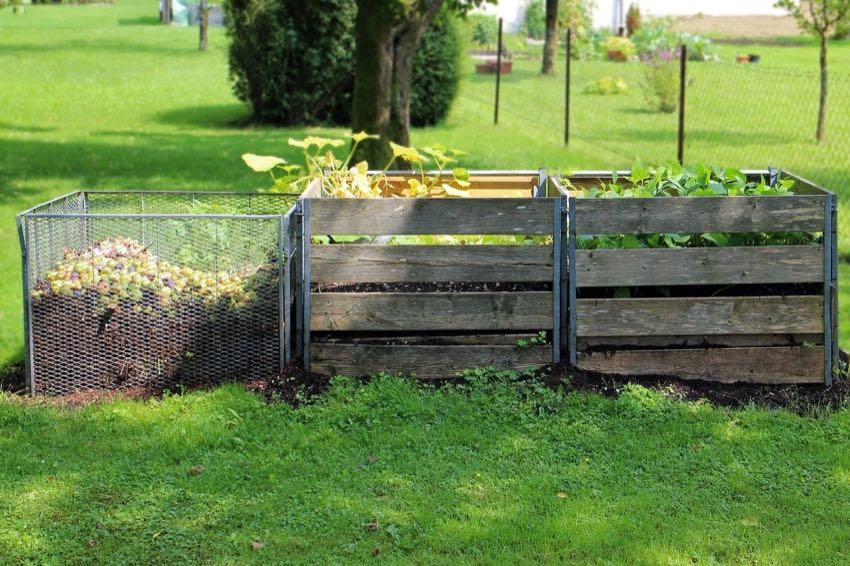
Again, quality is important when it comes to the compost you’re using. It’s probably preferable to make your own if for no other reason than to control what goes into it. Not only can you avoid composting things that could ultimately stunt your plant’s growth, but you can add particular elements to tailor it to the crops you plan to grow.
Although compost could be the subject for its own article, in this one it will have to suffice to say that you’ll want to stick to a balance of “brown” and “green” biodegradable sources. That means things like leaves, twigs, grass clippings, plant trimmings, old vegetable scraps, and shredded paper products.
If you choose to buy from a supplier, check where the supplier’s feedstock comes from, what materials they use in their compost, how they make the compost, etc. Some suppliers will even get certified with the U.S. Composting Council . The council offers good composting practices as well as a database of members and suppliers.
Make It Organic
You can make up the rest of your raised garden bed soil with a variety of organic materials.
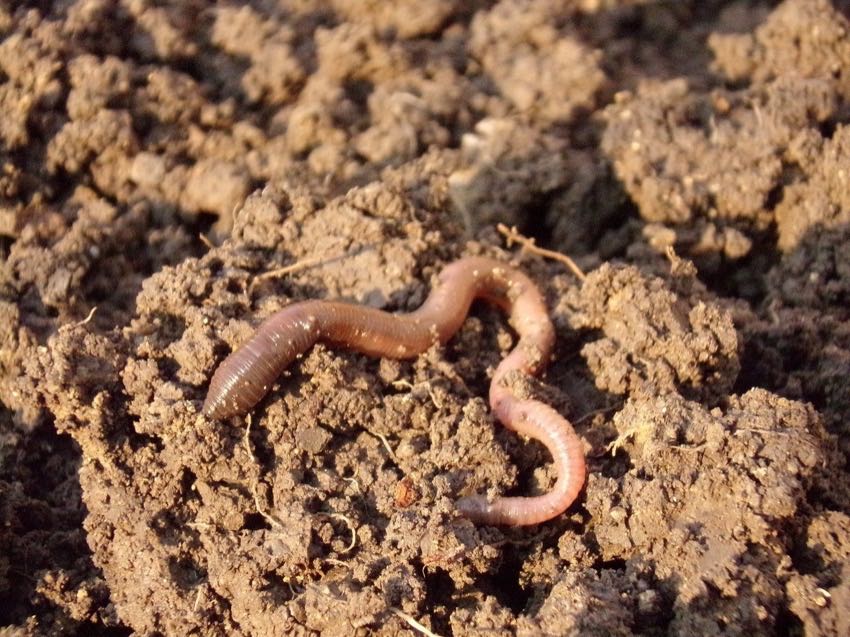
Vermicompost, or worm manure, won’t come cheap, but you won’t need much. It provides an excellent source of phosphorous, potassium, and nitrogen. These nutrients will help your plants thrive in their new home.
Mineralized soil can be found at a landscape supply company and can add valuable nutrients to your soil.
Well-composted cow or chicken manure can be a great addition to the soil you add to your raised garden bed. Just be careful that the animals that it came from haven’t been in contact with food that has been sprayed with synthetic herbicides (more on that momentarily).
Other organic materials, like rotted leaves, mushroom compost, and ground bark, can introduce more nutrients to your soil. But, they can also introduce a diversity of particle sizes that benefit your plant’s health.
There are some things you’ll want to avoid as well. Fill dirt takes up space without adding much “nutritional value.” Artificial fillers can also be avoided as they take up space, but can break down to sink the surface of your garden bed.
Many people like to use peat moss, but we’ve been advised to avoid it. For one thing, it’s not a sustainable material. But it’s also really hard to rehydrate after it dries out. The problem here is that it can then work against your soil’s ability to absorb moisture.
You’ll also want to avoid using anything that might have had contact with a persistent herbicide. For instance, certain manures (like horse manure) can contain trace amounts of herbicide that still retain their ability to kill your crops even after a long journey through a digestion cycle.
Mix It Up
When you’ve got the right ratios of everything, you’re ready to fill the raised garden bed. You’ll want to mix all of the various ingredients together well. A shovel could work here, but a cultivator will get the job done with minimal fuss. You can then rake the top smooth. Your soil should be loose enough that you can easily insert your finger up to the first knuckle.
Build as You Go
While this is the starting place for the soil going into your raised garden beds, and will serve you well for your first growing season, you’ll need to keep building on it. Good soil will get better with age if you keep up with it.
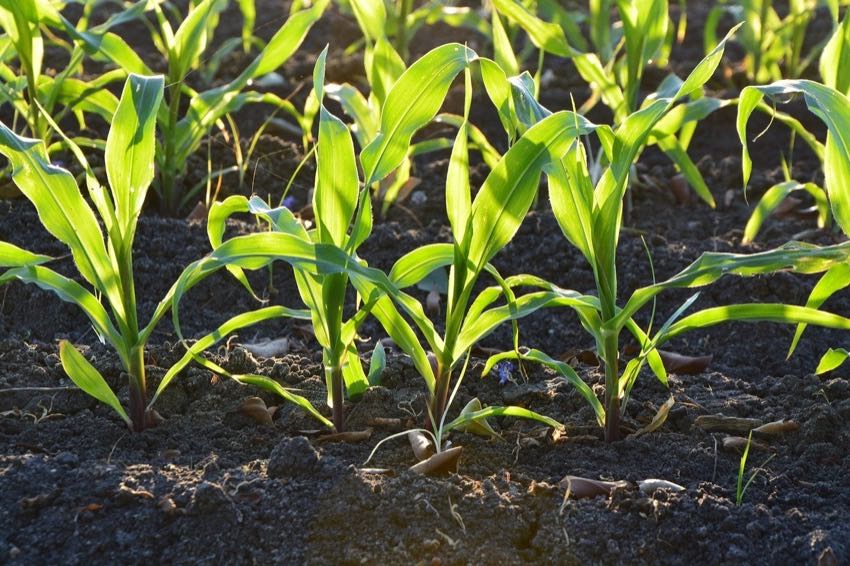
Because each crop cycle will deplete your soil’s nutrients, you need to add organic nutrients back into the soil once or twice a year.
Start by getting a soil test. These will inform you of your soil’s pH levels and inform you of your choices when it comes to amending your soil. You can contact your local cooperative extension office for information about this service, or you can test using an at-home test kit.
Assuming that your soil is close to a neutral pH, you’ll likely only need to throw an inch or two of compost over your garden bed as a topdressing. You won’t need to – and probably shouldn’t – till it into the soil. This could disrupt drainage and nutrient transfer networks as well as introduce too much oxygen into the soil, which could damage the existing nutrients.
Wrapping Up
Of course, the success of your raised garden bed will hinge on more than just the quality of your soil. Your raised bed build, your bed placement, your irrigation and drainage, and your planting techniques will all factor into your success. But, getting off on the right foot with a hospitable and nutrient-rich soil will go a long way to maintaining a beautiful garden.

